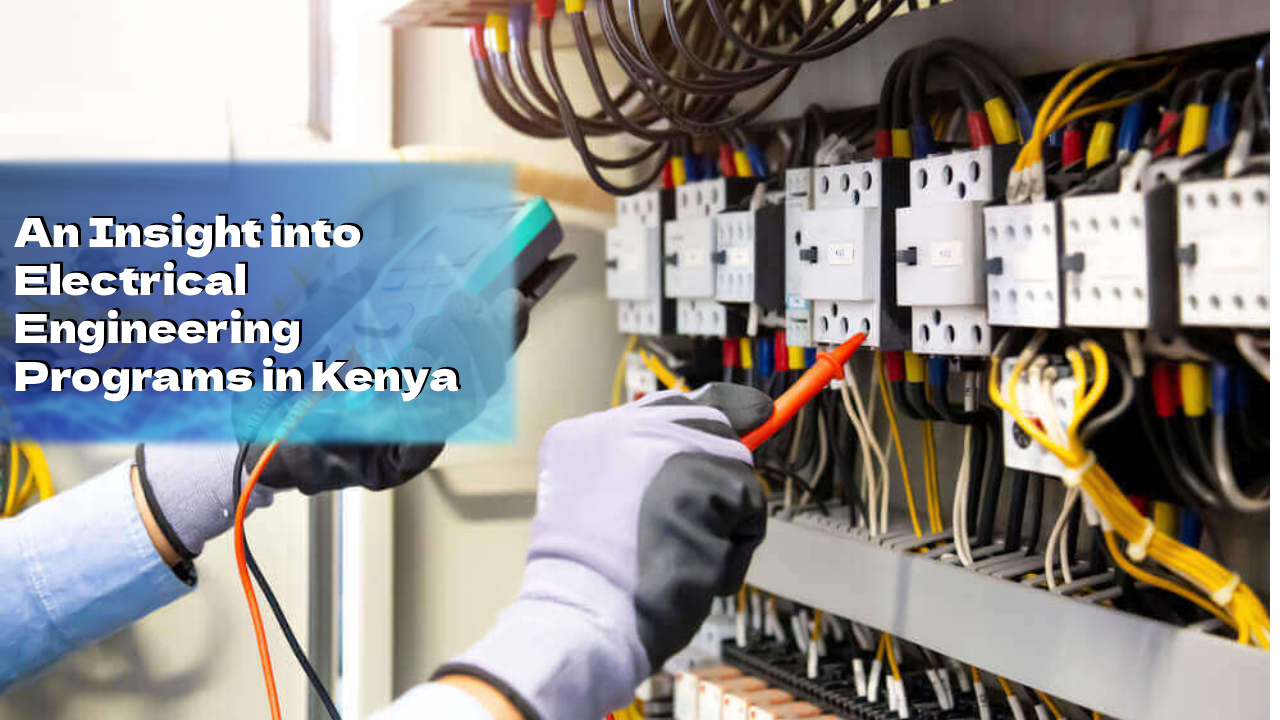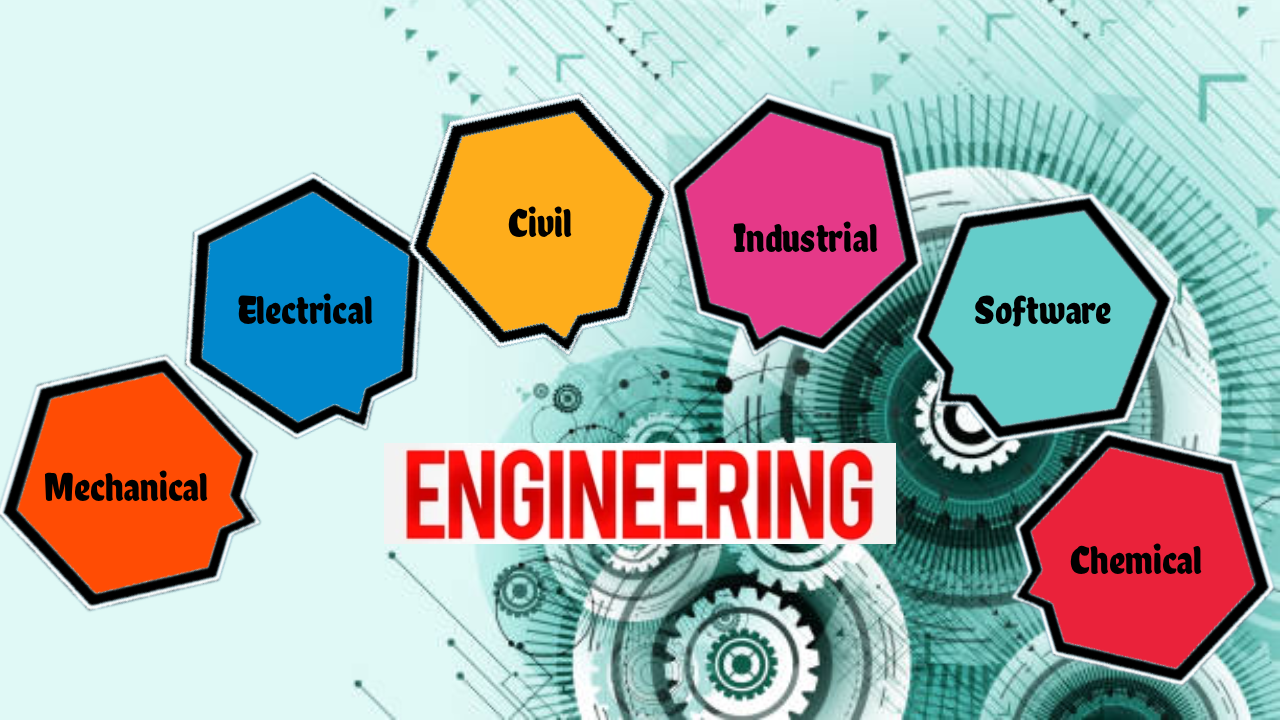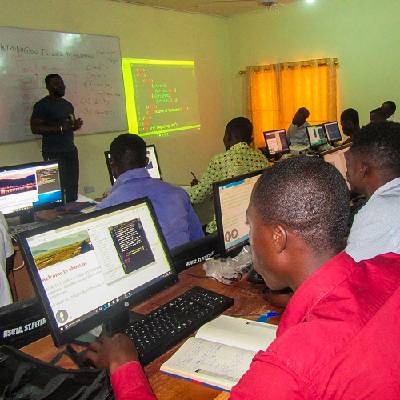
This electrical and electronics technology NVCET program is designed to provide training for persons interested in the installation and maintenance of electrical and electronic systems found in residential, commercial, and industrial facilities.
Training, most of which is hands-on, will include such topics as AC/DC theory, basic wiring practices, digital electronics, programmable logic controllers, industrial motor controls, National Electric Code, and other subjects as local needs require.
Graduates should qualify for a variety of jobs in the electrical/electronic field as an on-the-job trainee or apprentice assisting in the layout, installation, and maintenance of electrical/electronic systems.
Upon successful completion of this program, students should be able to:
- Demonstrate the ability to apply laws to the design, construction, analysis, and measurement of electric, hydraulic and pneumatic circuits.
- Interpret and develop technical drawing, schematics and diagrams.
- Apply electrical/mechanical laws to the operation and control of machines.
- Apply critical thinking skills to solving problems.
Career prospects:
- Electrician,
- Service technician
- Repair technicians
Progression path:
- Artisan Certificate in Electrical and Electronics Technology
Entry Requirements
The Minimum Entry Requirements are:
- KCPE Certificate,
- Any other equivalent qualification as approved by KNEC.
The duration for the course is 4 years including compulsory industrial attachment
- Level one takes 2 years
- Level two takes 2 years
Objectives of Electrical and Electronics Technology (NVCET)
Vocational education in electrical and electronics education prepares students to work as electrical technicians. Vocational education is sometimes referred to as career and technical education.
The General Education component of the curriculum aims at providing the trainee with complete secondary education in critical subjects like English Language, Economics, Physics, Chemistry, Biology, Entrepreneurial Studies and Mathematics to enhance the understanding of machines, tools and materials of their trades and their application and as a foundation for post-secondary technical education for the above-average trainee.
Hence, it is hoped that trainees who successfully complete their trade and general education may be able to compete with their secondary school counterparts for direct entry into the polytechnics or colleges of education (Technical). The Social Studies component is designed to broaden the trainee’s social skills and their understanding of the environment.
Technical and Vocational Education and Training serves multiple purposes. A key purpose is the preparation of youth for work. This takes the form of learning and developing work-related skills and mastery of underlying knowledge and scientific principles. Work is broadly defined and therefore refers to both formal employment and self-employment. To support self-employment, TVET curricula often include entrepreneurship training. Related to this is the social reproduction and transformation of occupational and vocational practices
From a development point of view, TVET facilitates economic growth by increasing the productivity of workers. The returns from increased output far exceed the costs of training, direct and indirect, leading to economic growth.
TVET like any other form of education also facilitates socio-economic development by enhancing the capacity of individuals to adopt practices that are socially worthwhile.
As a form of education similar to all others, TVET aims to develop a broad range of personal capabilities that characterize an educated person. Thus, the provision of broad-based knowledge seeks to ensure critic-creative thinking.
TVET also aims at developing capacities for effective communication and effective interpersonal relations
Related articles
-

A Guide to Civil Engineering Degree and Diploma Programs in Kenya
08-Nov-2025 -

Electrical Engineering in Kenya: A 2025 Guide for KCSE Graduates
08-Nov-2025 -

Mechanical Engineering in Kenya: A 2025 Guide for KCSE Graduates
08-Nov-2025 -

Engineering Courses in Kenya: A Guide for 2025 KCSE Graduates
08-Nov-2025 -

Education Pathways in Kenya — From Basic Education to Tertiary | College Guide
06-Nov-2025 -

The Bird and the Mirror: A Reflection on Identity, Perception, and Illusion
07-Feb-2025
Colleges offering Electrical and Electronics Technology (NVCET)

Machakos Town
Machakos Institute of Technology

Ainabkoi
Ainabkoi Vocational Training Center

Thika Town
Gakuyo Technical College

Machakos Town

